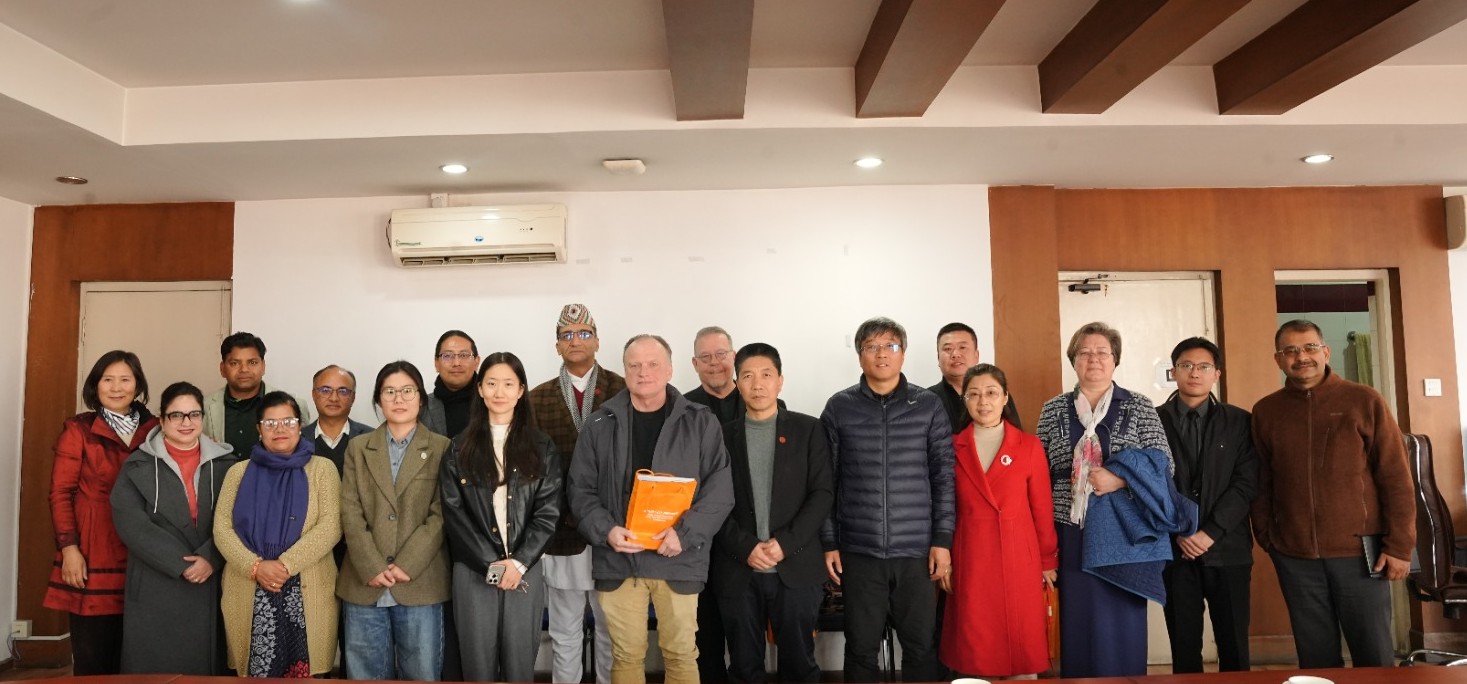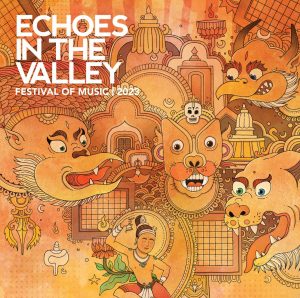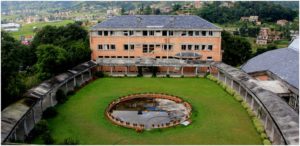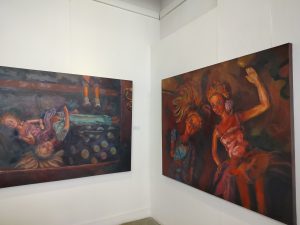In 2006, Sangeeta Thapa, the founder and director of Siddhartha Art Gallery, received a letter from an art gallery in Pakistan. There, she was proposed as the art curator of an exhibition that was opening soon.
“That was the first time when I heard the word curator and I asked what it was,” Thapa remembers, “When they explained the job to me, I realised that I had been doing it since I opened the gallery (in 1987) and I agreed.”
Whereas Thapa learned the meaning of an art curator and curatorial art in 2006, she had been doing the job for the past two decades already.
The late realisation of what it means to be a curator is not exclusive to Thapa. Even for artists and art curators active today, ‘curator’ was a relatively new word.
In the short span since then, being an art curator has been in the hype. While more artists are keeping curators as their designation in exhibitions nowadays, there also seems to be hesitation among the artists to use the designations left and right, given it comes up with a lot of responsibilities.
A crucial job
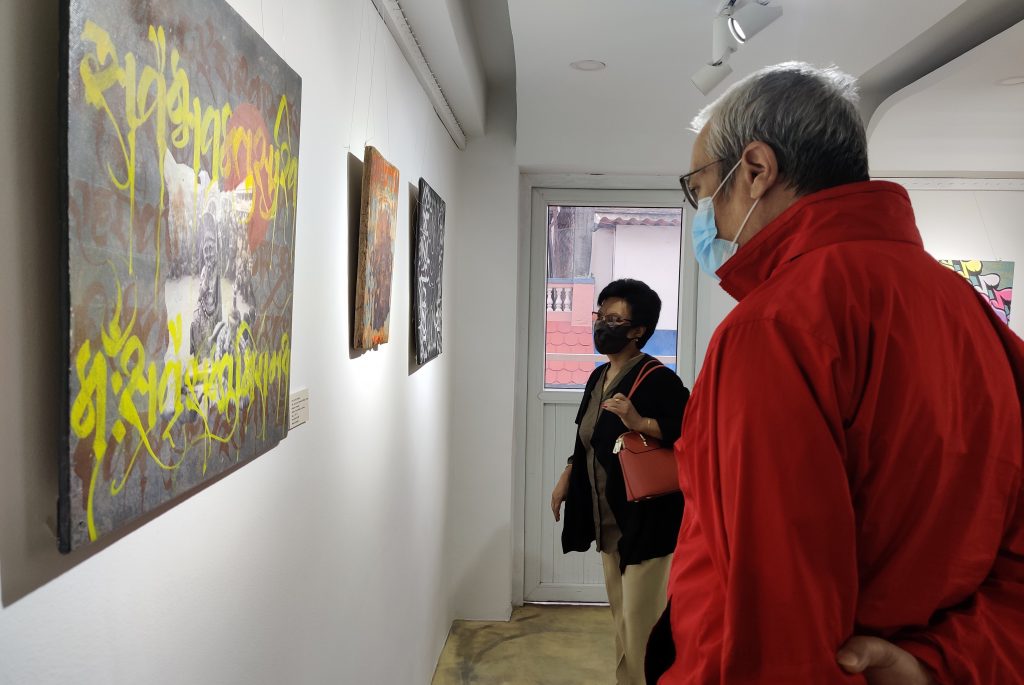
According to Saroj Mahato, a co-founder of Bikalpa Art Center, curation is not a new practice, even in Nepal. However, it is true that the designation has got more limelight and is used more now.
But, Thapa stresses, “In Nepal, it was only post-2017 that people started using the designation more prominently. Pre-2015, the artworks were stacked or poorly hung. But, a good curator uses the space effectively even though they have a small space to set the narrative.”
“Hanging of artworks is not what makes one a curator, yet it is the practice/focus of art curators that we see among artists today and the essence of curation has become secondary,” argues Thapa.
Mahato says, “Just because one has a gallery space or they practice art, you do not become a curator. But that’s the practice we see today.” He says the Nepali art scene really lacks a good number of curators with a good eye and intention to promote art in Nepal.
So what makes a good curator?
A good curator sets an apt narrative and does the overall packaging of the exhibition. S/he is responsible for creating engagement as well as social media buzz and content based on the art and the artists.
Thapa shares, “They also are essential in creating an art market, increasing art value and packaging the product. They have to establish good communication and discussion, that emphasise and encourage buying of art.” Meanwhile, artist Sujan Chitrakar says art cannot function alone and creativity alone cannot create value in their art, so curatorial intervention is necessary.
Mahato also explains, “It can be equivalently compared to the director of a film. To be a good art curator, vision is more important. As the director of the film or the pilot of a plane, it is the vision of the leader that can well navigate the exhibition. Another important aspect is team management and when you have the skeleton, you have the right people to fill in the meat.”
A bad curator can even kill the exhibition, he stresses.
Hesitation

Mahato started practising art in 2009 but started calling himself a curator only in 2014. He is the curator for the recently concluded exhibition, Revisiting the Roots in a Modern Nuance. He says he was comfortable saying that only once after he got specific training and courses.
Longtime artist Chitrakar, who has previously worked as a curator for Kathmandu International Art Festival (KIAF) in 2009 and 2012, still is hesitant to call himself so. He adds that artists do not become curators just because they have visited a few exhibitions outside Nepal.
“In 2000, together with Binod Shrestha, I did an exhibition at Nepal Art Council. There, we had art historian Preeti Joseph from Kerala as the curator. And, that was my first time hearing the word and the work around it. In the last decade, a curator has just become a buzzword, yet we lack the understanding around it,” says Chitrakar, also the associate dean of Kathmandu University School of Arts.
“Those donning the ‘curator’ designation are not all curators in the Nepali art scene. They are artists and have diverse specialisations including literature, writing, research, logistics and marketing. Nepali art curators are learning by doing, and we still have a lot to learn and achieve. All we are doing is trial and error,” says artist Chitrakar.
Need for building better

Whereas some art curators hesitate to be called so, some unreal ones love it. Mahato says that artists calling themselves curators for a fashion statement does dampen its importance, especially when there is already little knowledge around it.
“There are also cases where artists rent out the space and do the exhibition. Some call themselves curators, some do not, but they all still lack the knowledge about the curation, and we need to work on that approach,” adds Thapa, suggesting that with a curator, artists can create a bigger impact.
She adds that those actively working as curators also have a few shortcomings. “Many take writing for the exhibition–about the artist and their artworks as well as to media–lightly; they give out wrong information and make errors. The focus is yet to shift on the importance of documentation and creating an appealing narrative.”
Chitrakar seconds and reasons it with the poor economic returns that art writers get from their work. Yet he argues it will be up to the art curators to create a narrative including contextual and contemporary issues, so the job is irreplaceable yet heavily missed in the present context.
Thapa, who primarily is a gallerist, adds, “Curators need to focus on the selection of shows and artists, question their credibility and work on how to highlight them.” Having a mailing list, invitation card formats and a calendar based on the vision with campaigns that can accentuate their work can be a big plus point.
Regardless, she adds, budgeting for the art exhibition has always been an issue.
Despite the realisation of the importance of the job, the Nepali art scene has lacked a well-rounded art curator who has not just the artistic background or experience but a sound academic background or training also, according to them. This is why artists and a few curators refrain from calling themselves a curator.
Academics are the hope
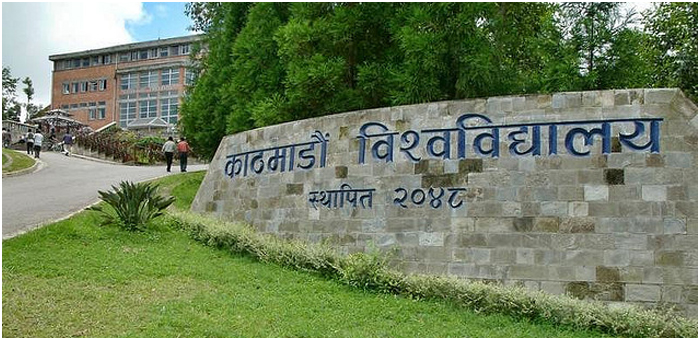
Realising the importance and the gap in the curatorial practice in the Nepali art scene, stakeholders including Chitrakar have already made the initiative and started a master’s in fine arts (MFA) degree in curatorial practice at KU, starting this year. The artistic trio say it is high time Nepal created curators and they are all hopeful that the academic courses will change the course of curatorial practice in Nepal.
“We have six students who in two years will learn theory, understand many art practices and work on their curatorial projects. They will submit their final projects before graduation. It will be taught by an Indian curator, Veerangana Kumari Solanki, who is also credited for training many artists practising curation today,” Chitrakar adds.
Thapa agrees, “The exhibitions and our outlook towards art are highly influenced by the western gaze. Through the academic practice here, we need to redefine that existing perception and reconnect with our roots. We need to encourage people to hold discourse and engage in research.”
She also adds that the academic sector might also help collect books and create documentation for a resource centre that can act as a reference. “There are books on historical and regional artworks of Nepal in India and Pakistan but not in Nepal. There is also no place where documentation is done or the impact of the artists and their works are recorded.”
With their academic background, she hopes that new artists and art curators can work closely with new, old and regional museums. Hopefully, they will also hone their skills to highlight artists in past and present in a way that creates new art value and introduces artists to the national and international markets.







